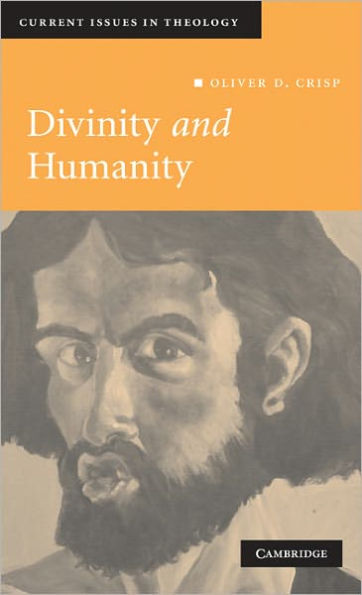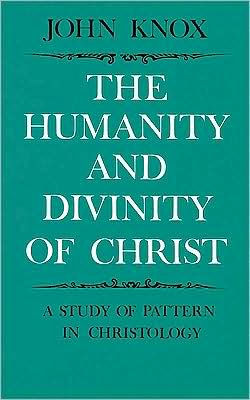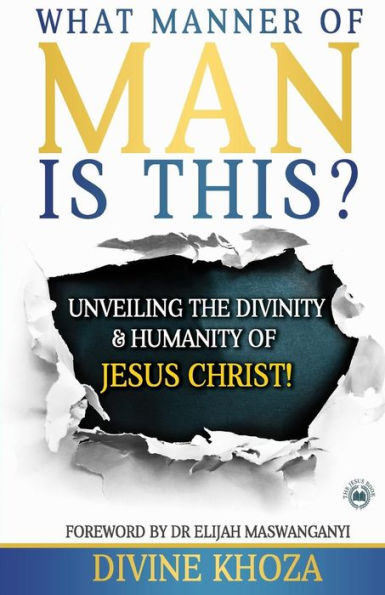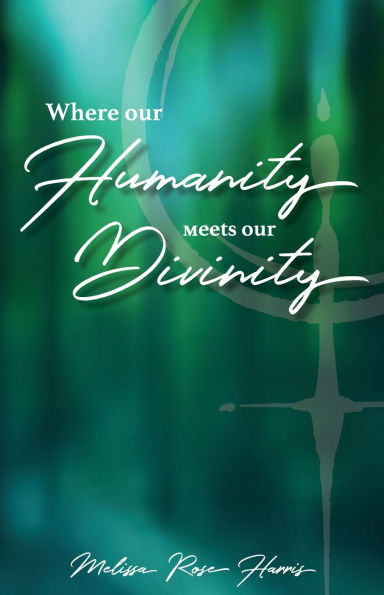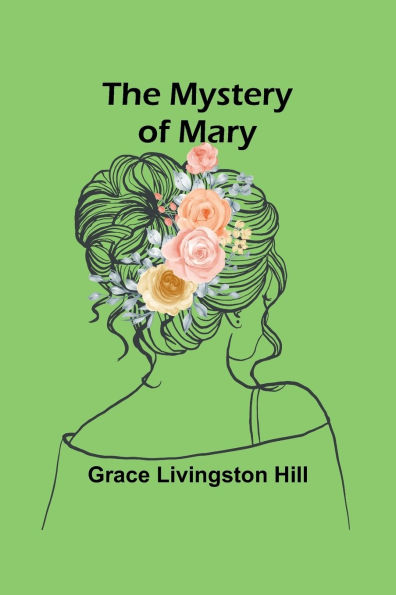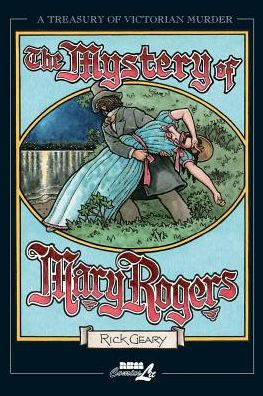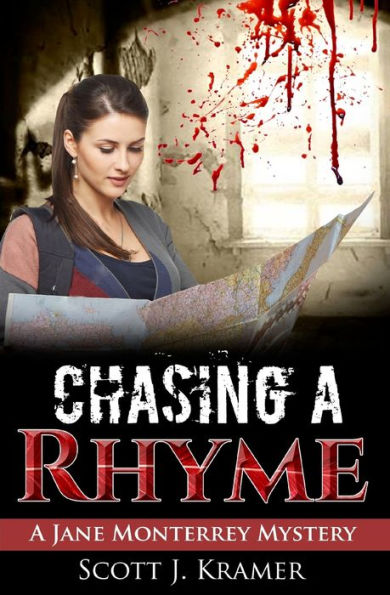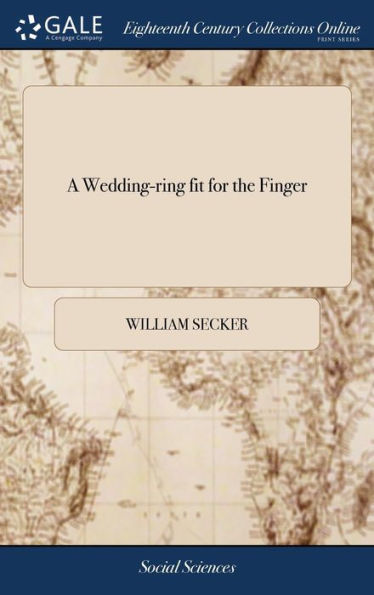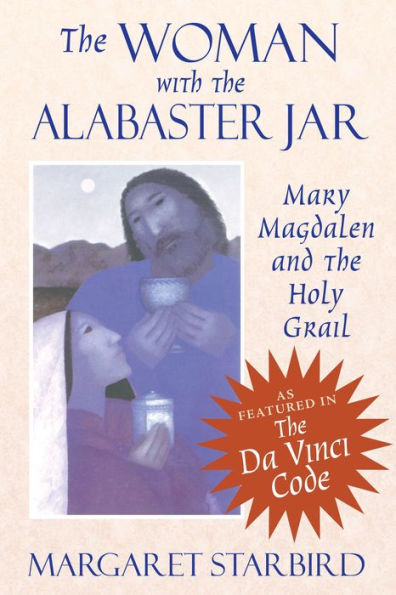Home
Mary The Mystery: Woman Whom Divinity and Humanity Rhyme
Barnes and Noble
Mary The Mystery: Woman Whom Divinity and Humanity Rhyme
Current price: $9.95
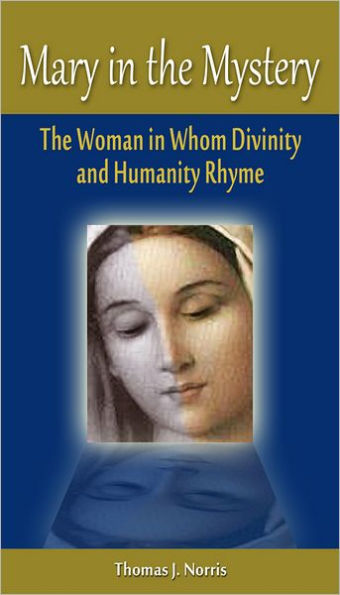

Barnes and Noble
Mary The Mystery: Woman Whom Divinity and Humanity Rhyme
Current price: $9.95
Size: Paperback
Loading Inventory...
*Product information may vary - to confirm product availability, pricing, shipping and return information please contact Barnes and Noble
In the Catholic and Orthodox traditions, Mary is a key to our grasp of the Christian mystery. She is the Mother of God, as an early Council of the Church (Ephesus 431) stressed. As such she is a key to understanding the Christian Faith. In fact, she shows the beauty of that faith in its completeness, proportion and radiance. Mary is 'the Mother of beautiful Love.'
Father Norris beautifully depicts Mary's womb as the place where, united in her Son, the divine nature and the human nature
rhyme.
'In poetry, the word rhyme refers to an echo or resemblance between two or more lines of the poem, particularly in the end of the lines some way in which they sound alike whilst being different. The two natures of Christ, divine and human, are of course radically different. But in the Hypostatic Union the two natures converge on the same 'end,' the same 'Word.' This is divine poetry. The divine nature comes from heaven, and the human nature comes from Mary, like two kinds of music one above the other; they are 'united without commingling,' merging in one sound, one voice, one Gospel, one revelation' (from the Foreword by Stratford Caldecott).
Anyone who wants to better understand the Mother of Jesus, who is interested in Mary's place in literature and art, or who is looking for a new perspective on Mary's role in ecumenical dialogue should have this book.
Father Norris beautifully depicts Mary's womb as the place where, united in her Son, the divine nature and the human nature
rhyme.
'In poetry, the word rhyme refers to an echo or resemblance between two or more lines of the poem, particularly in the end of the lines some way in which they sound alike whilst being different. The two natures of Christ, divine and human, are of course radically different. But in the Hypostatic Union the two natures converge on the same 'end,' the same 'Word.' This is divine poetry. The divine nature comes from heaven, and the human nature comes from Mary, like two kinds of music one above the other; they are 'united without commingling,' merging in one sound, one voice, one Gospel, one revelation' (from the Foreword by Stratford Caldecott).
Anyone who wants to better understand the Mother of Jesus, who is interested in Mary's place in literature and art, or who is looking for a new perspective on Mary's role in ecumenical dialogue should have this book.
